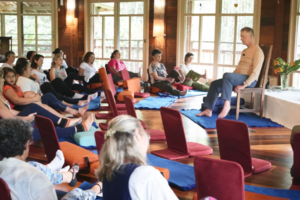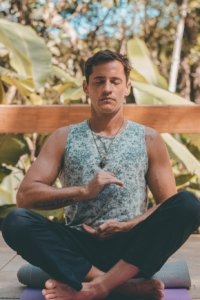Pranayama, Mudras, Bandhas: The Anatomy of the Subtle Body with Joseph Le Page
Meets live virtually weekly on Tuesdays from 8:30-11:30 AM Mountain Time
November 4, 2025 – February 3, 2026
(No classes Dec 23 or 30 | 12 week, 36-hour course)
In the ancient texts of Hatha Yoga, which include instruction in asana and pranayama, the most important element of study is the understanding and experience of the body of subtle energy. This body is made up of energy centers (chakras), energy channels (nadis), and energy currents (prana vayus).
It is through the knowledge of this subtle body that Yoga postures and other practices are performed with ease and fluidity. This experiential understanding of the subtle body is also key in optimizing the health benefits of Yoga, including physical and psychological flexibility, equanimity and optimal functioning of all the physiological systems. The subtle body also serves as a bridge to our spiritual Being through understanding the intelligence and energy at the heart of creation.
The sciences of pranayama, mudra and bandha allow us to awaken and channel the energies of the subtle body and are therefore essential for receiving all of Yoga’s benefits. In this course, we will gain an in-depth understanding of pranayama, mudra and bandha, as well as pranic healing techniques, all of which serve to create a deep awakening of the subtle body, harmony in our physical being, psycho-emotional equanimity and an unfolding of the full potential of spirituality.
The science of pranayama encompasses the traditional breathing practices that awaken the subtle body, optimize our physiology, balance the mind and emotions and serve as a doorway to our spiritual Being. This course presents 30 pranayamas along with their variations and therapeutic applications, allowing the teacher to instruct pranayama in therapeutic settings, within yoga classes, and to offer pranayama workshops at the beginning and intermediate levels. The pranayama material is supported by the soon to be released book, Pranayama for Healing and Transformation, by Joseph Le Page and Karin Silberberg.
Mudras are gestures of hands, face and body to balance our physical being, awaken subtle energy and serve as a bridge to spirituality. This course focuses on the use of mudras therapeutically and combining mudras and pranayamas in Yoga Therapy. The course also presents the use of mudras for meditation and spiritual transformation. The study of mudras is based on the book Mudras for Healing and Transformation by Joseph Le Page and Lilian Aboim.
Bandhas play a key role within Asana practice and also in pranayama. Within the texts of Hatha Yoga, bandhas are included in the category of mudras. They have a special role in creating an energetic container within the physical body for the awakening and channeling of subtle energy and the unfolding of our spiritual Being. This course presents the various dimensions of bandha practice in pranayama, asana, and meditation.
This course also presents the therapeutic application of pranayama, mudra and bandha for individual and group Yoga Therapy sessions. Additionally, we learn how to channel the energy of the subtle body through pranic healing, an ancient Indian science that directs breath and prana to specific areas of the body to optimize physical health and remove energetic blockages.
Through this course, you attain an in-depth understanding of the science of pranayama, mudra and bandha to heal the physical body, awaken and channel subtle energy, balance the mind and emotions and unite more deeply with your spiritual Being.
Fees, Eligibility and Continuing Education:
- This course is open to all Inner Peace Yoga Therapy students as well as yoga teachers/yoga therapists from other schools
- For those already certified as Yoga Therapists (C-IAYT), this course offers 36 hours of continuing education via Approved Professional Development
- Tuition fee $500 payable below.
This 36-hour course will meet virtually each Tuesday from November 4, 2025 – February 3, 2026.
Class time is 8:30—11:30am MT each week, no class Dec 23 or 30. Students are encouraged to attend sessions live, but each session will be recorded and placed on our learning platform so that students can also participate via recording. Students are expected to listen to the recordings from any missed session before the next week’s session takes place.
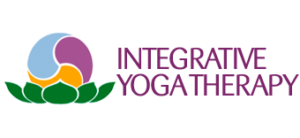



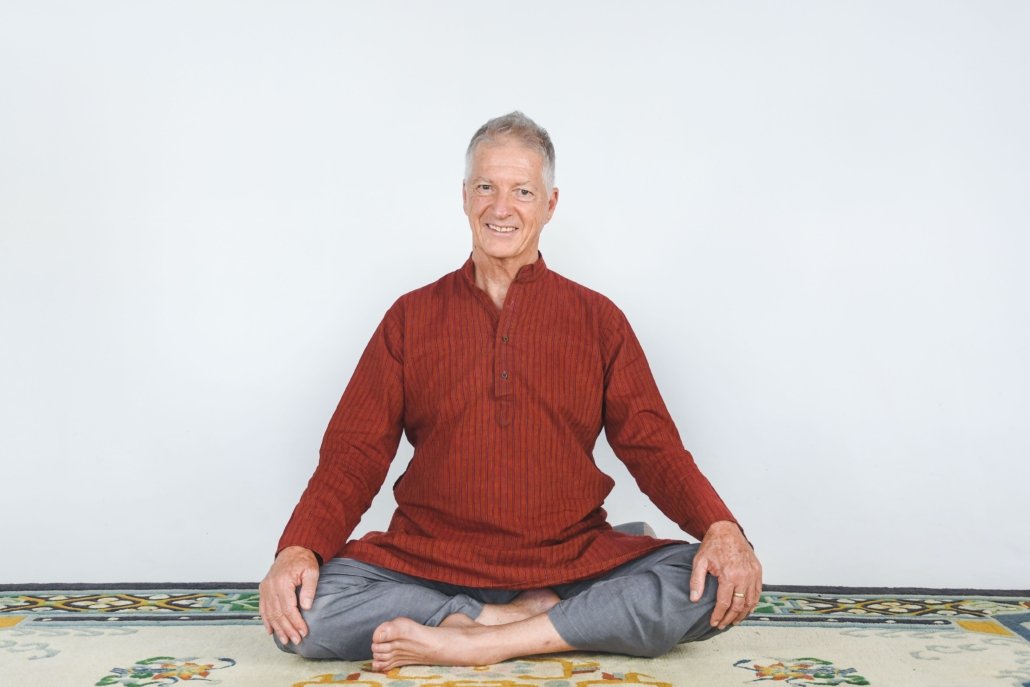

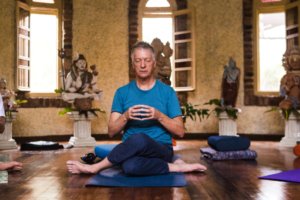 Joseph Le Page
Joseph Le Page

